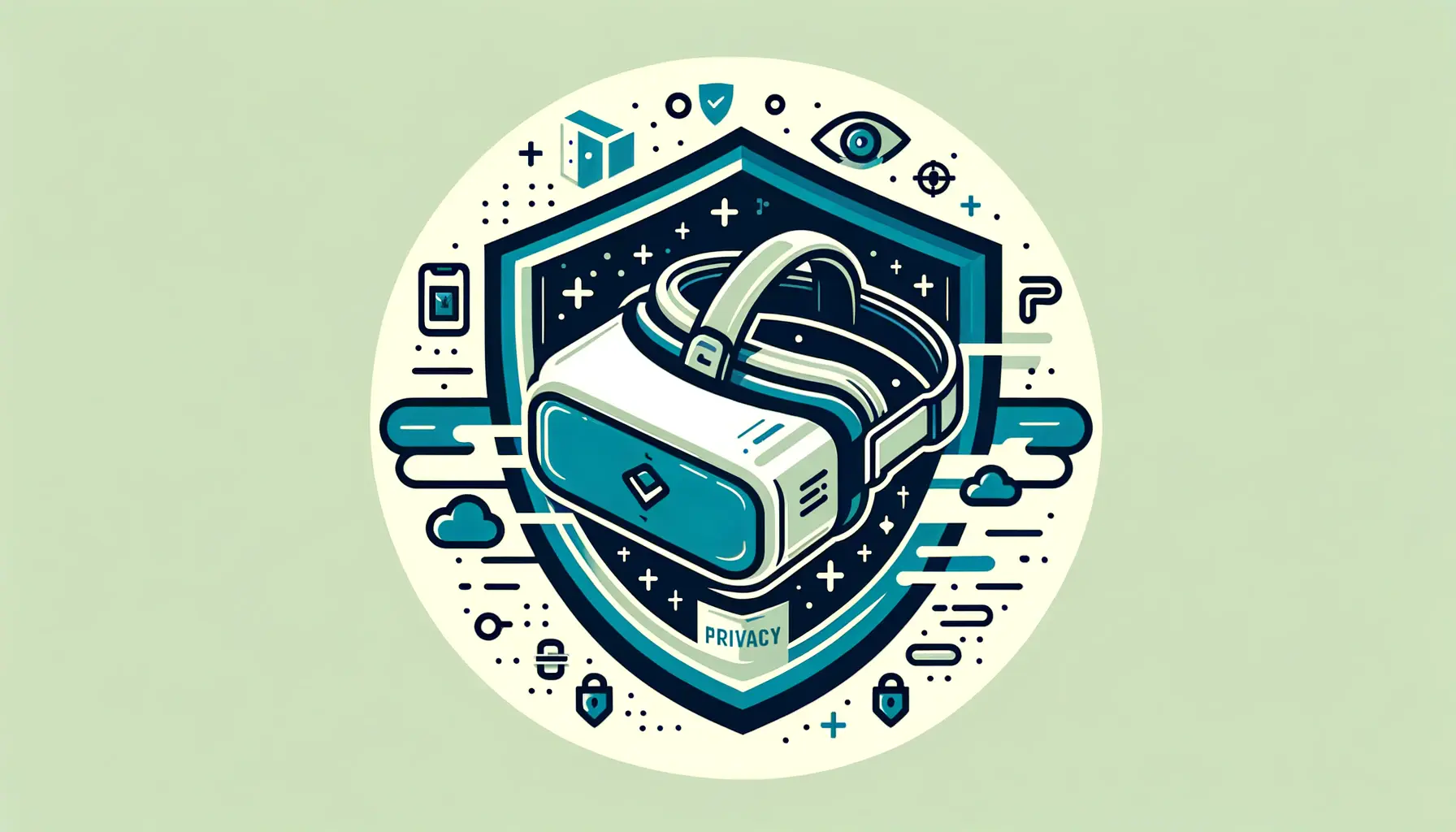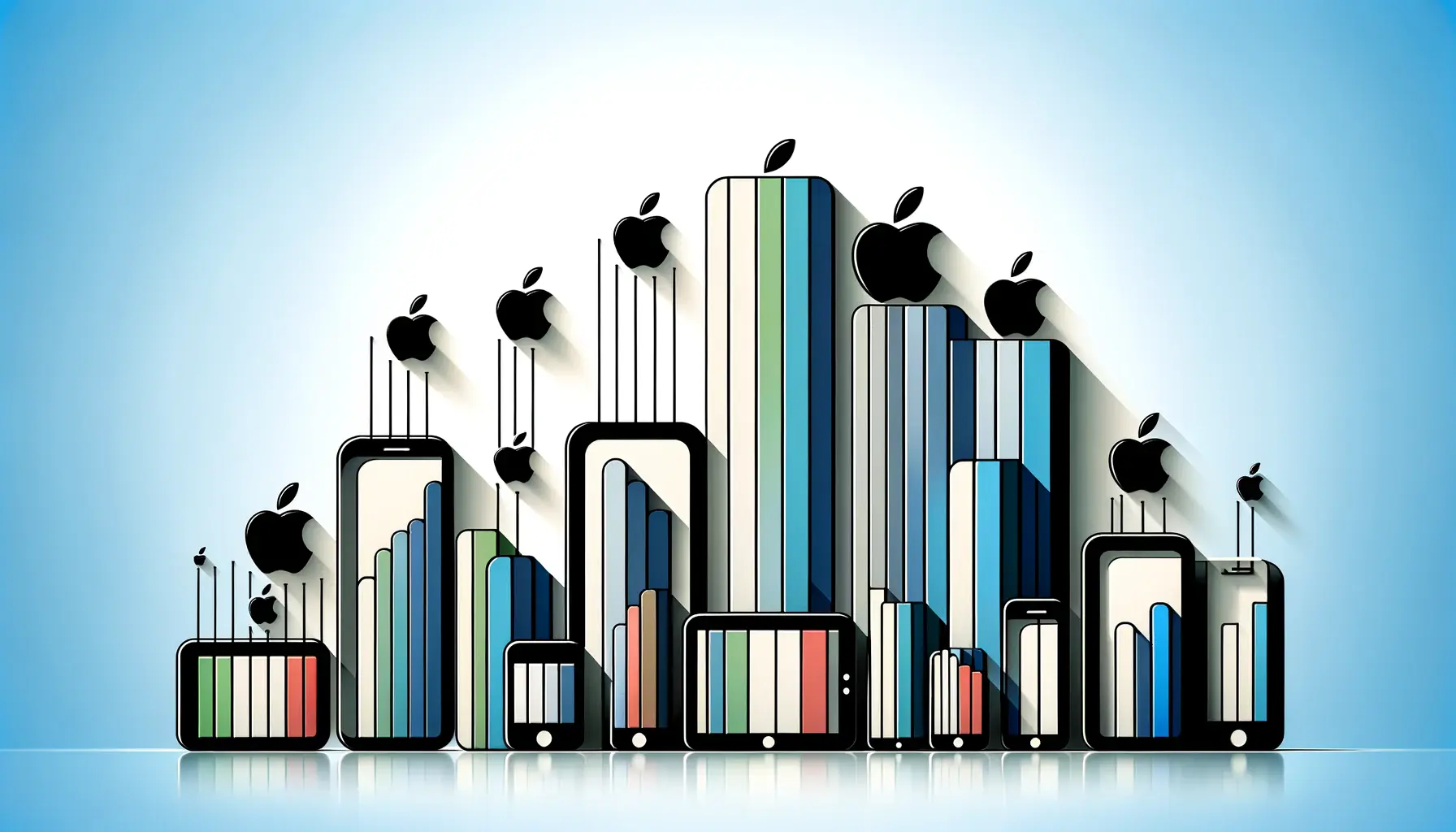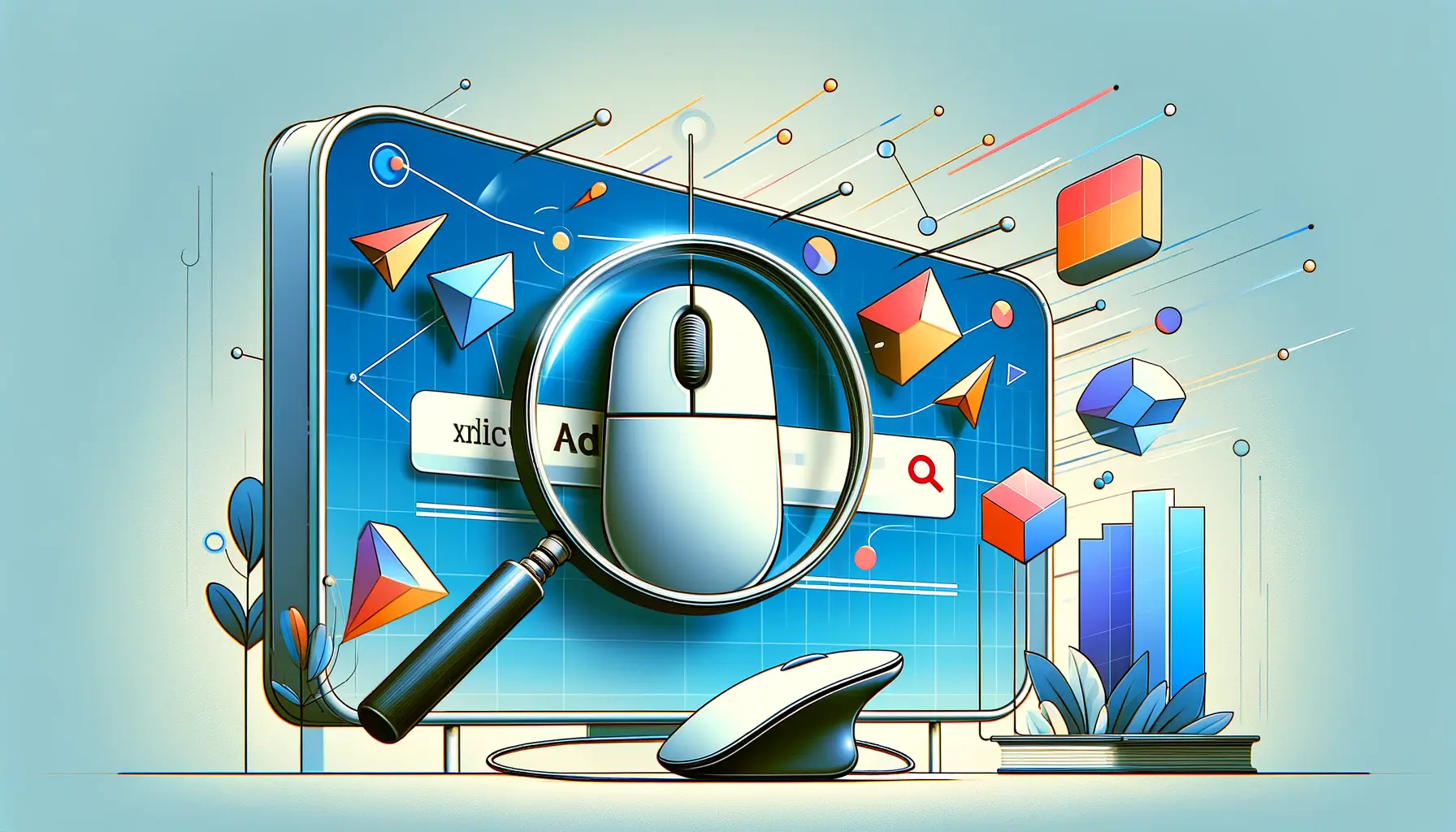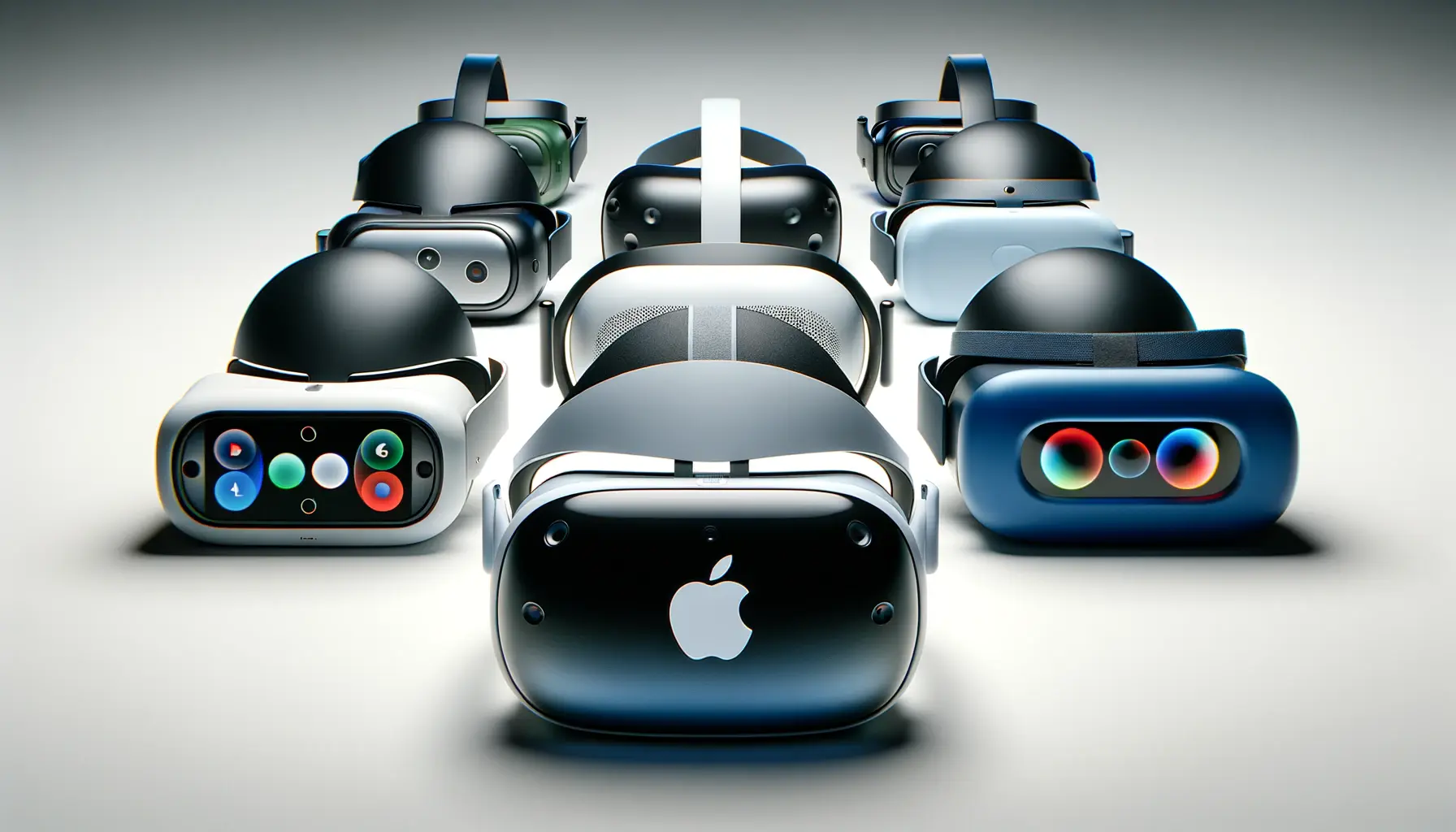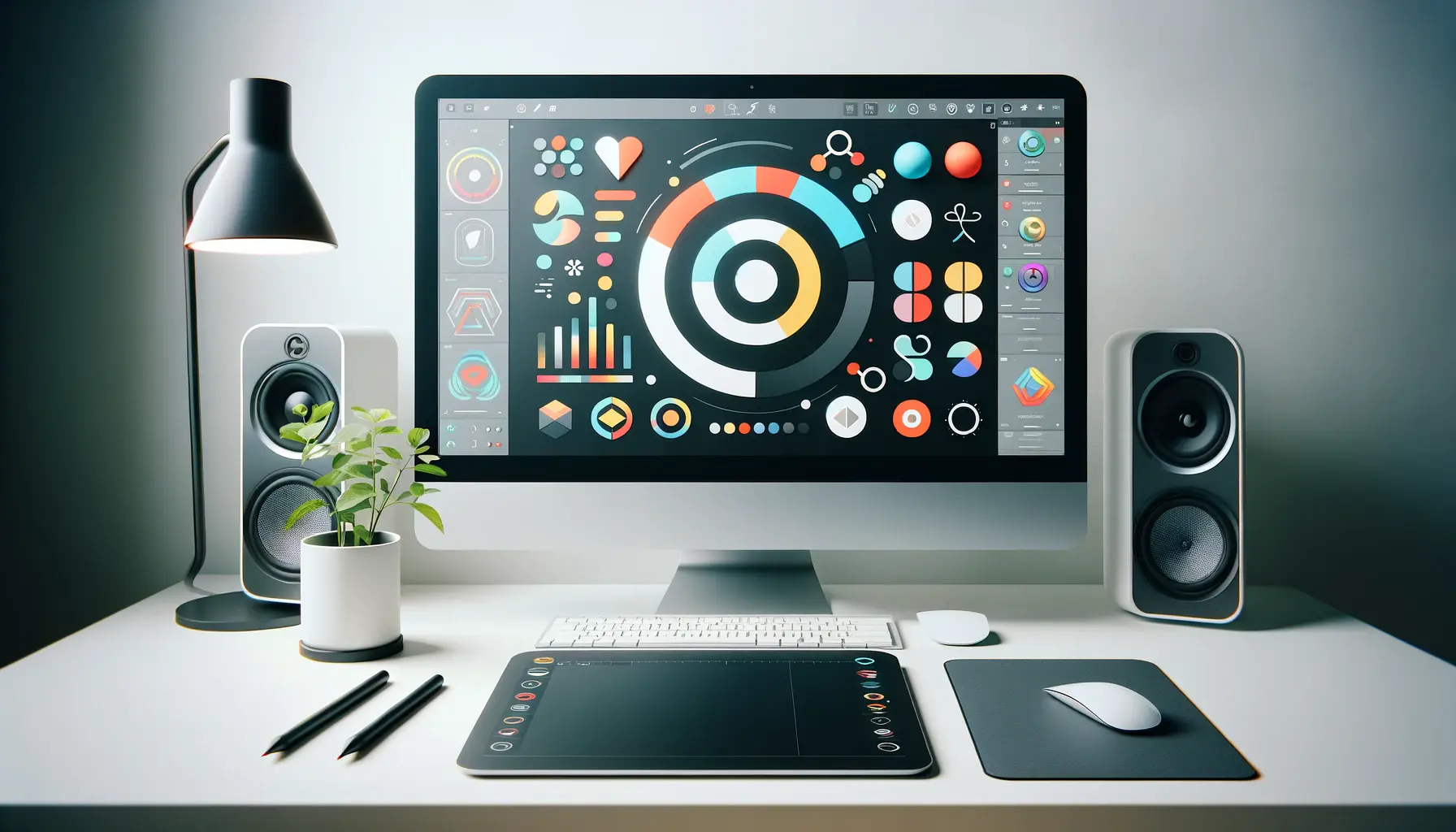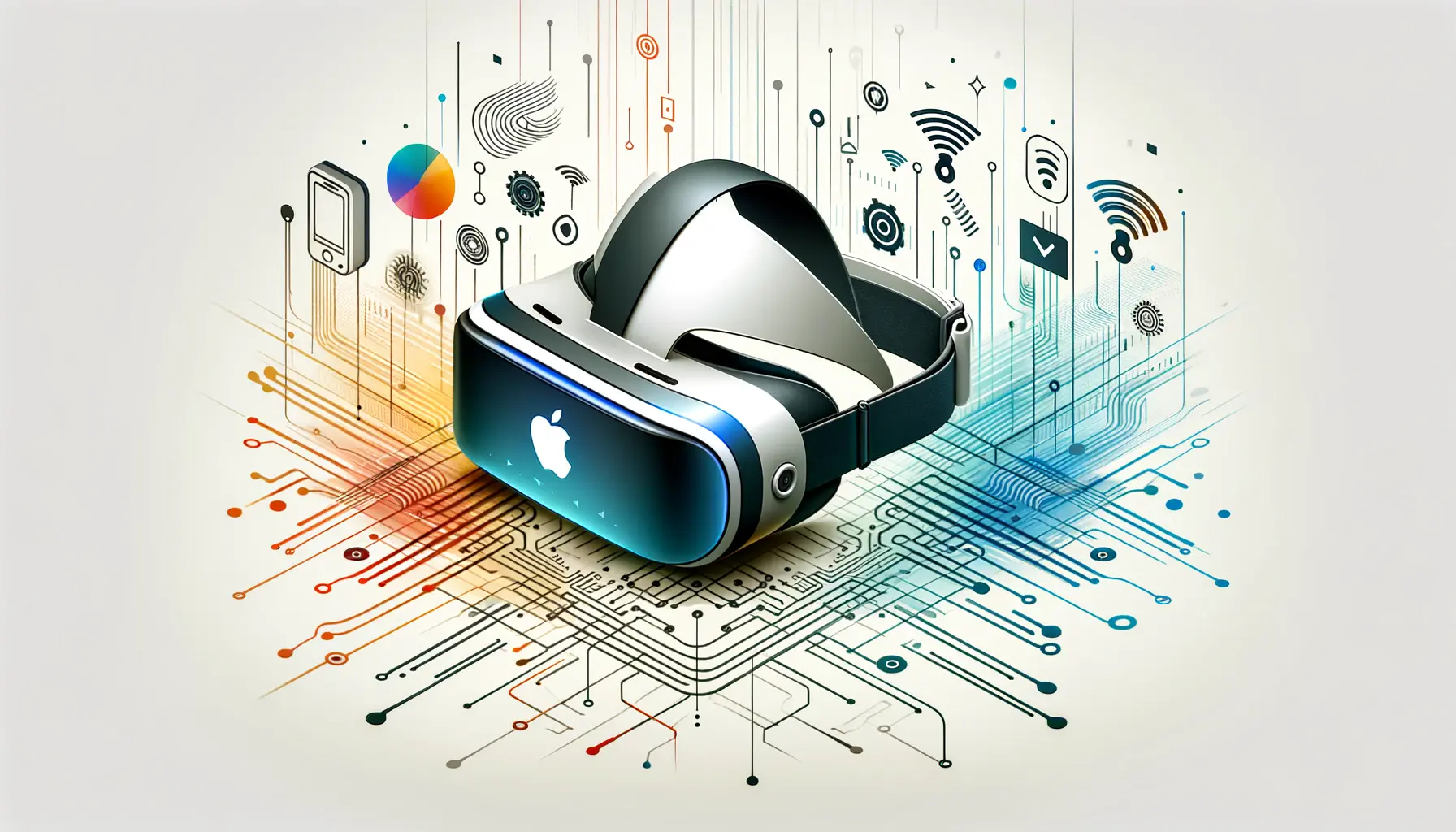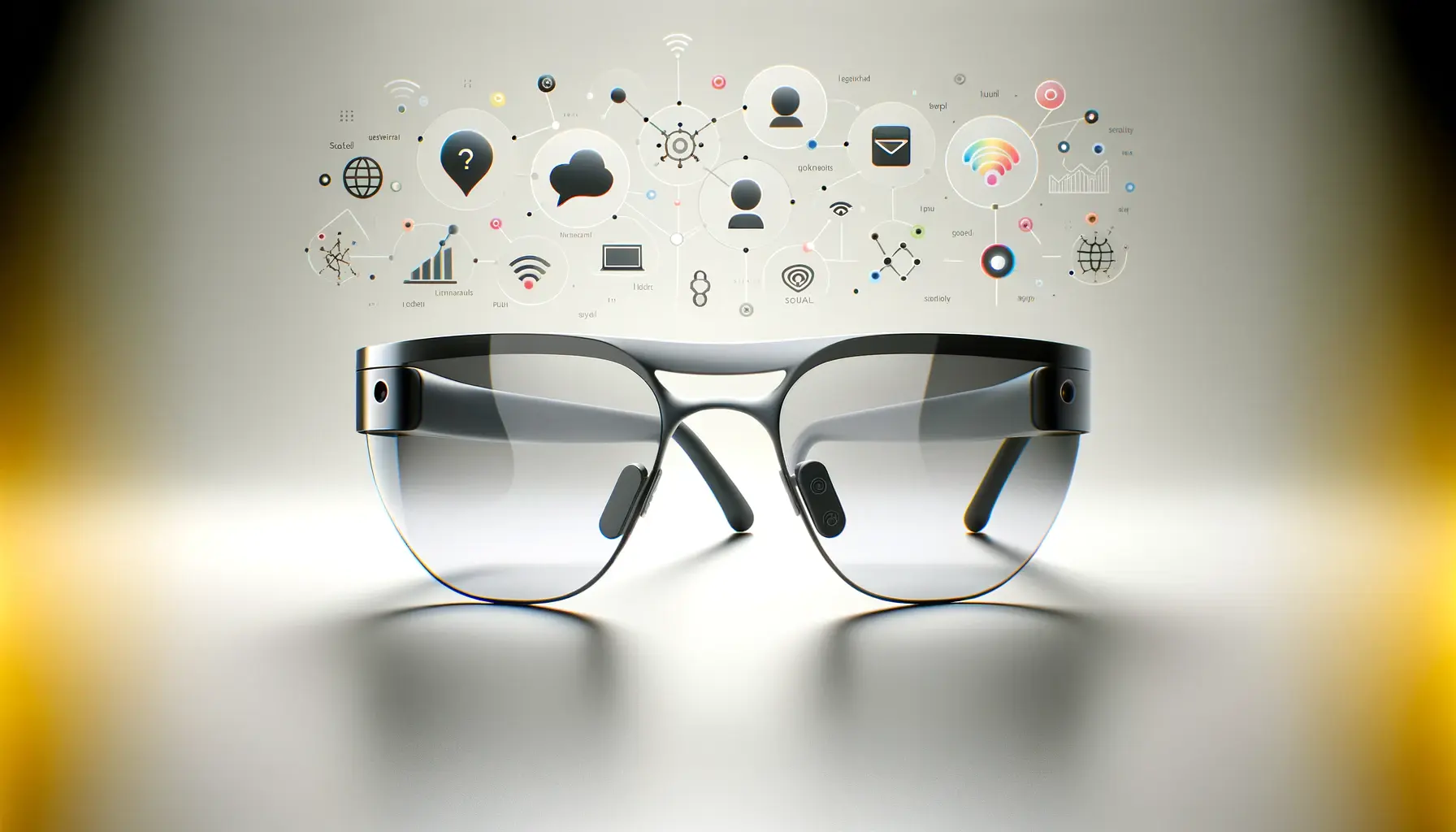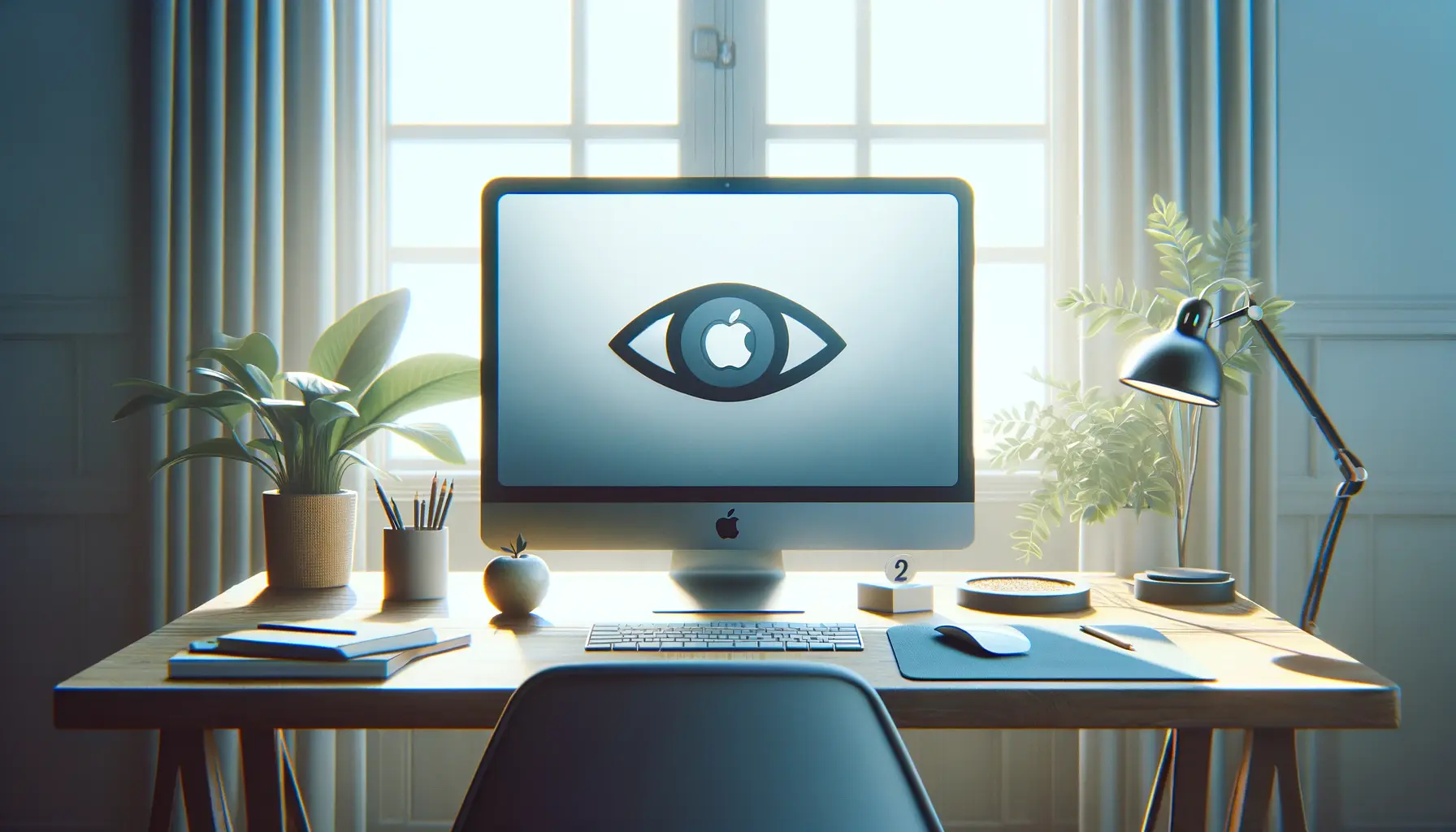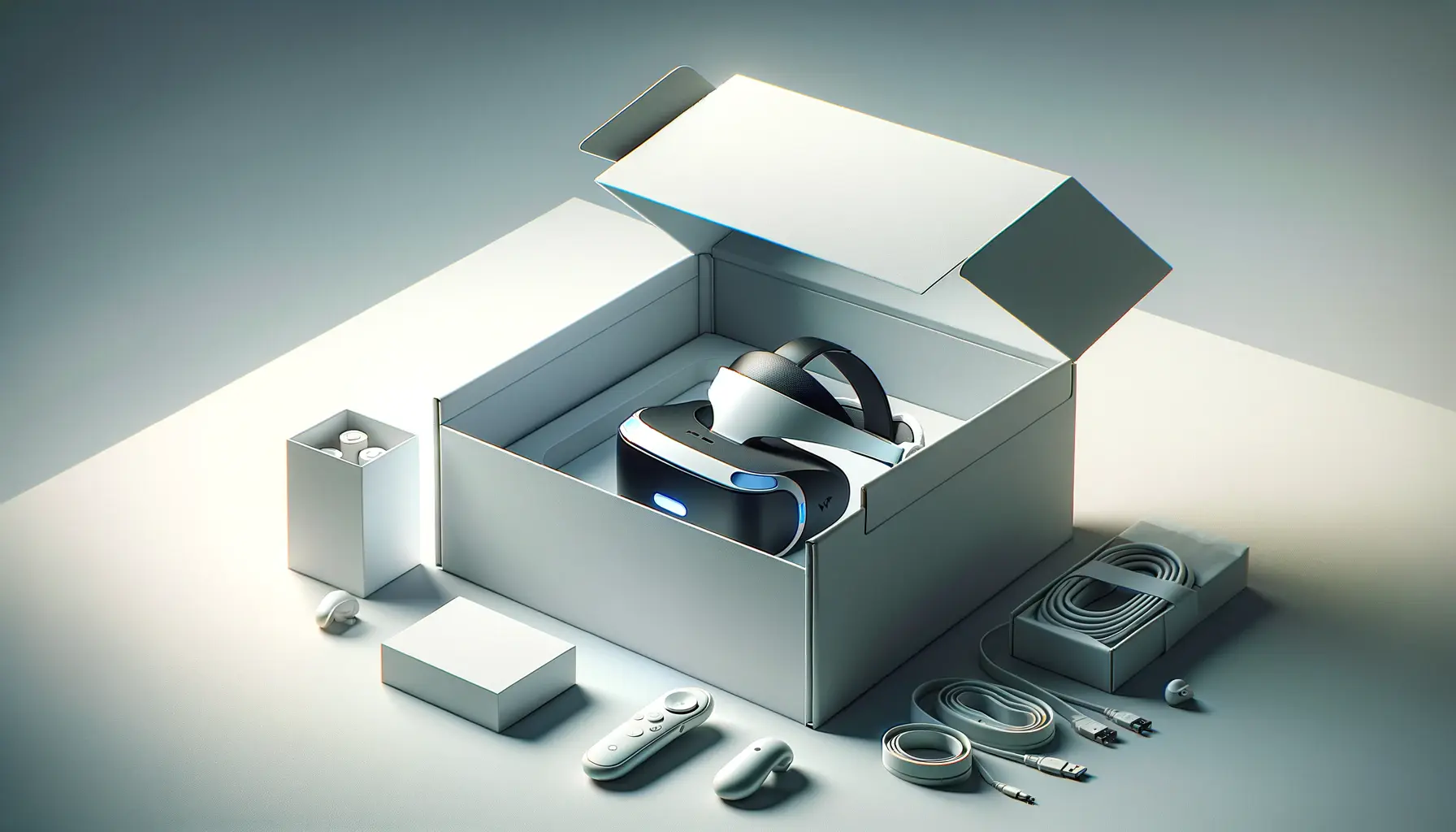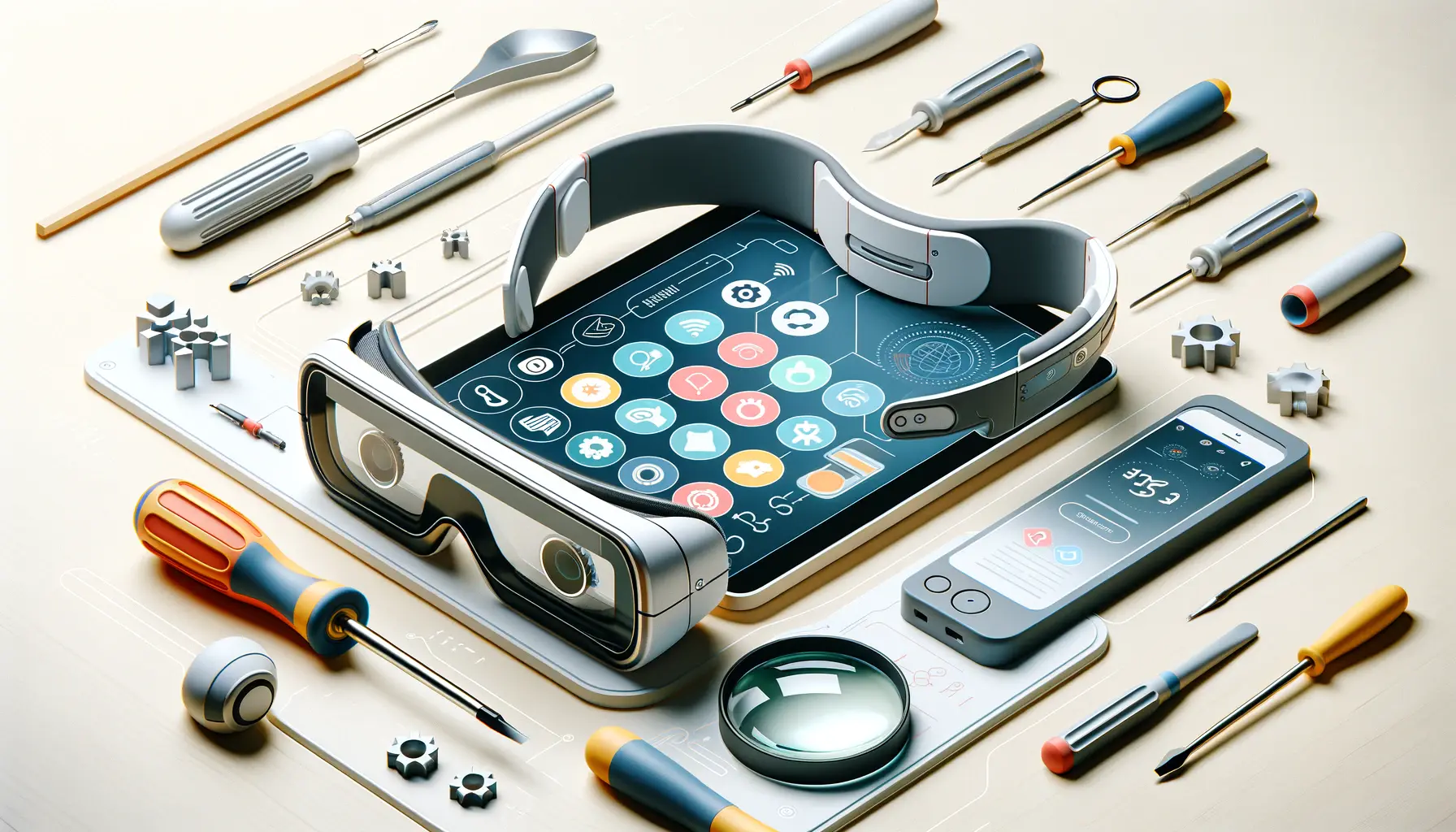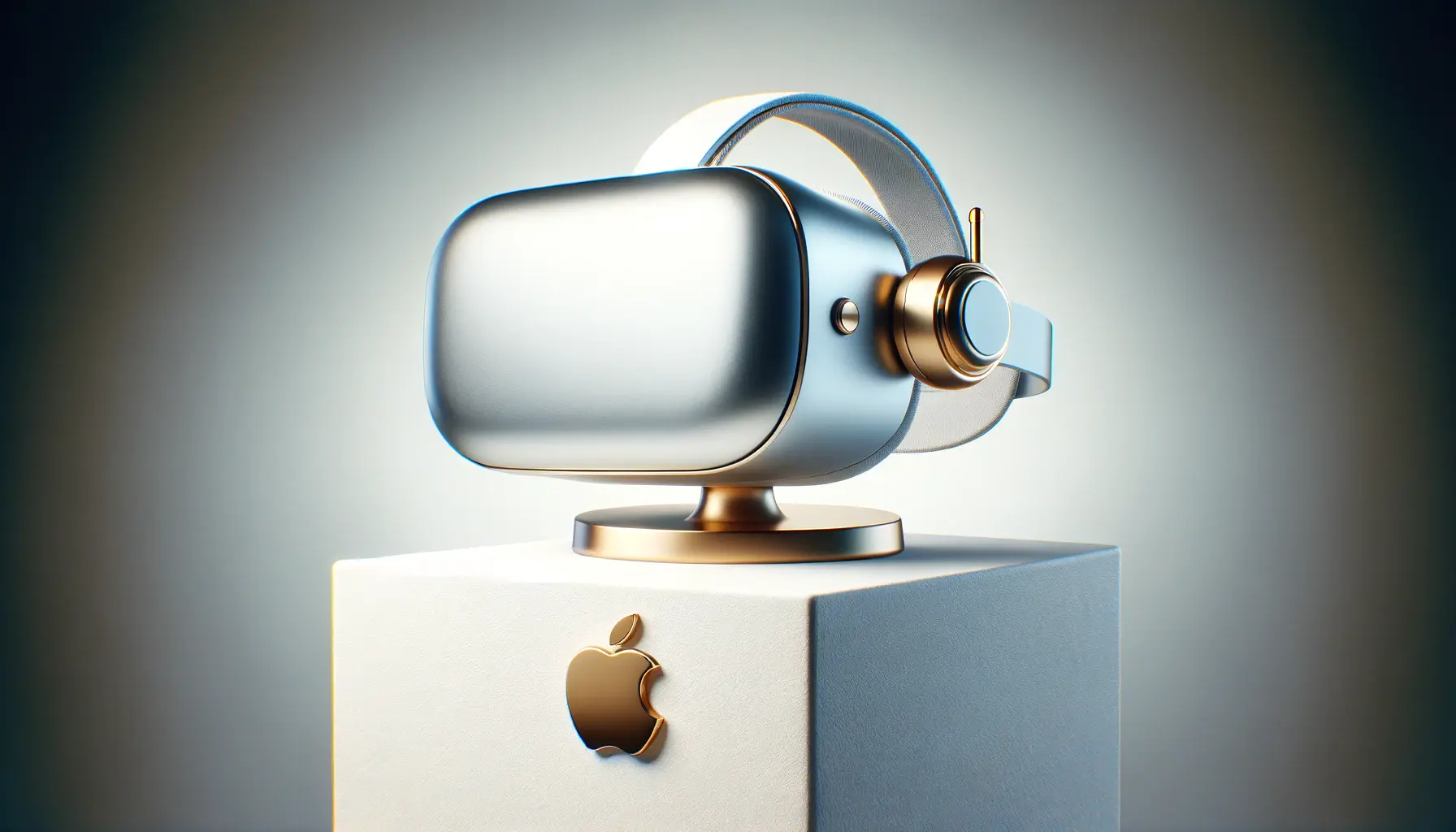The unveiling of Apple Vision Pro marks a significant leap forward in the realm of augmented reality (AR) and virtual reality (VR) technologies.
This innovative device not only promises to redefine our digital interactions but also raises important questions about user privacy and data security.
In a world where digital privacy concerns are at an all-time high, Apple’s commitment to safeguarding user information through the Vision Pro’s privacy features is both noteworthy and essential.
Apple Vision Pro integrates cutting-edge technology with Apple’s longstanding dedication to privacy.
This commitment is evident in the device’s design, which incorporates privacy from the ground up, ensuring that users can enjoy the immersive experiences it offers without compromising their personal information.
The privacy features of Apple Vision Pro are a testament to Apple’s understanding that in the digital age, protecting user privacy is not just a feature but a necessity.
- Understanding Apple Vision Pro’s Privacy Framework
- Data Encryption and Secure Enclave
- Privacy by Design in App Development
- Enhanced Transparency and User Empowerment
- Addressing the Challenges of Spatial Computing
- Future-Proofing Privacy in Augmented Reality
- Empowering Users Through Education and Awareness
- Envisioning a Future with Apple Vision Pro: A Beacon of Privacy
- Apple Vision Pro Privacy Features FAQ
Understanding Apple Vision Pro’s Privacy Framework
Optic ID: A New Era of Secure Authentication
At the heart of Apple Vision Pro’s privacy features is Optic ID, Apple’s innovative authentication technology.
Optic ID uses iris recognition to provide a secure and personalized user experience.
This technology ensures that only the device’s owner can access its contents, offering a level of security that is both intuitive and robust.
Unlike traditional authentication methods that rely on passwords or physical biometrics, Optic ID leverages the unique patterns of the user’s iris, making unauthorized access nearly impossible.
The introduction of Optic ID represents a significant advancement in authentication technology.
By utilizing the iris, which is as unique to an individual as a fingerprint, Apple Vision Pro provides a seamless and secure way to unlock the device, authorize purchases, and access personal data.
This method not only enhances security but also improves user convenience, as it eliminates the need for remembering complex passwords or using external devices for authentication.
Optic ID’s iris recognition technology is a game-changer in secure authentication, offering unparalleled privacy protection for Apple Vision Pro users.
On-Device Processing: Keeping Data Private
Another cornerstone of Apple Vision Pro’s privacy architecture is its commitment to on-device processing.
This approach ensures that sensitive data, such as the user’s gaze and hand movements, are processed locally on the device, rather than being sent to the cloud or external servers.
By keeping this data on the device, Apple significantly reduces the risk of personal information being intercepted or misused by third parties.
This method of data processing not only protects user privacy but also enhances the device’s performance by minimizing latency.
The decision to process data on-device aligns with Apple’s broader privacy philosophy, which prioritizes user control over personal information.
In the context of Apple Vision Pro, this means that users can interact with digital content and navigate the device’s features with the assurance that their data remains secure and private.
This approach to privacy and data security sets Apple Vision Pro apart from other devices in the AR and VR space, where data privacy concerns have often been an afterthought.
Data Encryption and Secure Enclave
Apple Vision Pro elevates privacy protection through its sophisticated data encryption methods and the integration of the Secure Enclave.
Data encryption ensures that even if data were to be accessed by unauthorized parties, it would remain indecipherable and useless.
The Secure Enclave, a hardware-based feature present in many Apple products, provides advanced security by encrypting and securely storing sensitive information, including Optic ID data and other personal identifiers.
The Secure Enclave is designed to protect user data even in the event of a breach.
It acts as a fortress within the device, safeguarding personal information from external threats.
This level of security is paramount for devices like Apple Vision Pro, which process and store vast amounts of personal data.
Key Features of Data Encryption and Secure Enclave
- Advanced Encryption: All personal data stored on Apple Vision Pro is encrypted using state-of-the-art algorithms. This encryption is automatic and transparent to the user, ensuring that data remains secure at all times.
- Secure Enclave Processor: This specialized processor is isolated from the main processor, providing an additional layer of security. It handles all cryptographic operations for data protection and secure boot.
- Biometric Data Protection: Information collected by Optic ID is encrypted and stored in the Secure Enclave, making it inaccessible to iOS and apps, ensuring that biometric data is used solely for authentication purposes.
The combination of data encryption and the Secure Enclave provides a robust security framework, ensuring that users’ privacy is protected at the highest level.
App Tracking Transparency and User Control
Apple Vision Pro introduces enhanced user control over app tracking and data sharing.
With the App Tracking Transparency feature, apps must request permission before tracking user activity across other companies’ apps and websites.
This feature empowers users to have greater control over their personal information, allowing them to decide which apps can track their activity and access their data.
User control extends beyond app tracking.
Apple Vision Pro users can review and manage permissions for each app, deciding which data an app can access, such as location, camera, and microphone.
This level of control is critical in an era where data privacy concerns are paramount, and users demand transparency and control over their digital footprint.
- Permission Management: Users can easily manage app permissions in the device settings, granting or revoking access to personal data as needed.
- Transparency Reports: Apple Vision Pro can generate reports detailing how apps use the permissions granted, providing users with insights into how their data is being utilized.
Privacy by Design in App Development
Apple Vision Pro’s approach to privacy extends into the realm of app development, where privacy by design principles are deeply ingrained.
Developers creating apps for Vision Pro are required to adhere to strict privacy guidelines, ensuring that apps respect user privacy and data security from the ground up.
This proactive stance on privacy influences every stage of app development, from initial design to final deployment.
By mandating that developers incorporate privacy considerations early in the development process, Apple ensures that Vision Pro apps not only deliver exceptional experiences but also safeguard user privacy.
This commitment to privacy by design is a testament to Apple’s dedication to creating a secure ecosystem for its users.
Developer Guidelines and Privacy Manifests
- Privacy Manifests: Developers must provide a clear and comprehensive privacy manifest, detailing the data the app collects and how it is used. This transparency allows users to make informed decisions about the apps they choose to install.
- Minimal Data Use: Apps are encouraged to collect only the data necessary for their functionality, minimizing the amount of personal information gathered and stored.
- Secure Data Storage: Any data collected by apps must be securely stored, employing encryption and other security measures to prevent unauthorized access.
Regular Privacy Audits and Updates
To maintain the highest standards of privacy and security, apps for Apple Vision Pro undergo regular privacy audits.
These audits assess compliance with Apple’s privacy guidelines and identify any potential vulnerabilities.
By requiring regular updates and patches, Apple ensures that apps remain secure against emerging threats, protecting user data over time.
This ongoing commitment to privacy and security within the app ecosystem reinforces Apple Vision Pro’s position as a leader in AR and VR technology.
It reflects a broader trend towards prioritizing user privacy in the digital age, setting a benchmark for other companies to follow.
Incorporating privacy by design in app development not only enhances user trust but also fosters a healthier digital environment.
Enhanced Transparency and User Empowerment
Transparency and user empowerment are central to Apple Vision Pro’s privacy strategy.
Apple has implemented features that provide users with clear insights into how their data is being used and the ability to control these processes.
This level of transparency is crucial in building trust between the technology and its users, ensuring that they feel confident in the privacy and security of their data.
Apple Vision Pro’s privacy features are designed not just to protect data but to empower users with knowledge and control over their personal information.
This empowerment is a critical aspect of Apple’s approach to privacy, reflecting a broader commitment to user rights and data protection.
Detailed Privacy Controls
- Comprehensive Privacy Settings: Users have access to detailed privacy settings that allow them to manage permissions for sensors, data access, and app tracking with precision.
- Visibility into Data Usage: Apple Vision Pro provides users with visibility into how apps are using their data, including which data is accessed and for what purpose, fostering an environment of transparency.
User-Centric Privacy Notifications
Apple Vision Pro enhances user empowerment through real-time privacy notifications.
These notifications alert users when apps access sensitive features or data, such as the camera or location services.
This immediate feedback loop ensures users are always aware of how their data is being used, allowing them to take action if necessary.
Moreover, these notifications are designed to be intuitive and informative, providing users with the context they need to understand the privacy implications of their app usage.
This approach to privacy notifications is a testament to Apple’s commitment to user-centric design, prioritizing the user’s experience and control over their personal information.
Real-time privacy notifications on Apple Vision Pro serve as a powerful tool for user empowerment, enhancing transparency and trust in the digital ecosystem.
Addressing the Challenges of Spatial Computing
Spatial computing introduces a new dimension to digital interaction, blending the physical and digital worlds in unprecedented ways.
With Apple Vision Pro at the forefront of this technological evolution, addressing the inherent privacy challenges of spatial computing is paramount.
The device’s ability to understand and interact with the user’s environment raises significant privacy considerations, which Apple has tackled head-on through innovative privacy features and robust data protection measures.
Apple’s approach to these challenges is multifaceted, focusing on minimizing data collection, securing personal information, and providing users with comprehensive control over their data.
This proactive stance ensures that the benefits of spatial computing can be enjoyed without compromising user privacy.
Minimizing Data Collection in Spatial Environments
- Limiting Environmental Data: Apple Vision Pro is designed to limit the collection of environmental data to what is necessary for providing its services, thereby reducing potential privacy risks.
- On-Device Processing: By processing data directly on the device, Apple minimizes the risk of sensitive information being exposed or intercepted during transmission.
Robust Data Protection Measures
To protect the privacy of users in spatial computing environments, Apple Vision Pro employs robust data protection measures.
These include advanced encryption techniques to secure data at rest and in transit, as well as strict access controls to prevent unauthorized access to sensitive information.
By implementing these measures, Apple ensures that users’ spatial data remains private and secure.
Furthermore, Apple’s commitment to transparency allows users to understand how their spatial data is used and managed.
This transparency, combined with the ability to control data collection and use, empowers users to navigate the spatial computing landscape with confidence.
Apple Vision Pro’s privacy features address the unique challenges of spatial computing, setting a new standard for privacy in the digital age.
Future-Proofing Privacy in Augmented Reality
As augmented reality (AR) technology continues to evolve, future-proofing privacy becomes an essential consideration for devices like Apple Vision Pro.
Apple’s strategic approach to privacy in AR not only addresses current privacy concerns but also anticipates future challenges.
This foresight ensures that as AR technology advances, user privacy remains a top priority, safeguarded by innovative solutions and evolving standards.
The dynamic nature of AR technology, with its potential to become more integrated into our daily lives, necessitates a forward-thinking approach to privacy.
Apple’s commitment to evolving its privacy features in tandem with technological advancements exemplifies how privacy and innovation can coexist harmoniously.
Adapting to Technological Advancements
- Continuous Updates: Apple Vision Pro is designed to receive continuous software updates, enhancing privacy protections as new threats emerge and technologies advance.
- Research and Development: Apple invests in research and development to stay ahead of potential privacy challenges, ensuring that Vision Pro’s privacy features remain effective against evolving threats.
Setting Industry Standards for AR Privacy
By pioneering comprehensive privacy features in Apple Vision Pro, Apple sets new industry standards for privacy in AR.
This leadership role not only benefits Vision Pro users but also influences the broader AR industry, encouraging other companies to prioritize privacy in their own AR technologies.
The establishment of these standards is crucial for the future of AR, as it ensures that as the technology becomes more pervasive, users can trust that their privacy is protected.
Apple’s proactive approach to privacy in AR serves as a model for how technology companies can innovate responsibly, balancing the possibilities of AR with the need for privacy and security.
Apple’s efforts to future-proof privacy in augmented reality with Vision Pro demonstrate a commitment to user trust and safety, paving the way for a privacy-conscious AR future.
Empowering Users Through Education and Awareness
Empowering users with the knowledge and tools to manage their privacy is a cornerstone of Apple Vision Pro’s approach to privacy.
Education and awareness are key to ensuring that users can make informed decisions about their data and how it’s used.
Apple has implemented a variety of resources and features designed to educate users about privacy settings, data management, and the implications of their choices within the augmented reality environment of Vision Pro.
This commitment to user education extends beyond the device itself, encompassing a broader strategy to enhance digital literacy and promote a culture of privacy awareness.
By providing users with accessible information and clear guidance, Apple ensures that the power to protect privacy rests in the hands of the user.
Accessible Privacy Education Resources
- User Guides and Tutorials: Apple Vision Pro comes with comprehensive user guides and tutorials focused on privacy management, offering step-by-step instructions on configuring privacy settings and understanding data usage.
- Privacy Awareness Campaigns: Apple conducts awareness campaigns to highlight the importance of privacy and encourage users to take advantage of the privacy features available on Vision Pro.
Interactive Privacy Features
Apple Vision Pro’s interactive privacy features, such as real-time privacy notifications and privacy dashboards, serve as educational tools that inform users about privacy in an engaging and intuitive manner.
These features not only protect privacy but also provide users with ongoing education about the privacy implications of their actions and the tools at their disposal.
Through these efforts, Apple not only safeguards privacy but also empowers users to become active participants in the protection of their personal information.
This empowerment is crucial in today’s digital landscape, where understanding and managing privacy settings can significantly impact one’s digital footprint and overall privacy.
Neglecting user education and awareness in privacy protection can lead to underutilization of privacy features and increased vulnerability to privacy risks.
Envisioning a Future with Apple Vision Pro: A Beacon of Privacy
In the rapidly evolving landscape of augmented reality and virtual reality technologies, the Apple Vision Pro stands out not just as a technological marvel but as a testament to Apple’s unwavering commitment to privacy.
As we’ve explored the myriad ways in which this device protects user data, it’s clear that Apple has set a new benchmark for privacy in the digital age.
The integration of features like Optic ID, on-device processing, and comprehensive user controls exemplifies a future where technology and privacy coexist harmoniously.
The Pillars of Privacy in Apple Vision Pro
- Optic ID’s groundbreaking approach to secure authentication.
- The emphasis on on-device data processing to minimize exposure.
- Advanced encryption and the Secure Enclave’s role in data protection.
- App Tracking Transparency and user empowerment in data sharing decisions.
- The proactive measures to address the unique challenges of spatial computing.
- Future-proofing privacy features to adapt to technological advancements.
- The focus on user education and awareness to enhance privacy literacy.
Through these pillars, Apple Vision Pro not only offers an unparalleled AR experience but also ensures that users’ privacy is safeguarded at every turn.
This device is a clear indication of Apple’s foresight in addressing the privacy implications of emerging technologies, demonstrating a path forward that other companies are likely to follow.
A Model for the Future
The privacy features of Apple Vision Pro serve as a model for the future of technology development.
By prioritizing user privacy from the outset, Apple has shown that it is possible to deliver innovative and immersive experiences without compromising on data security.
This approach is a call to action for the industry, highlighting the importance of building trust with users through transparent and secure practices.
As we look to the future, the Apple Vision Pro’s emphasis on privacy sets a precedent for how augmented reality technologies can and should integrate privacy protections.
It’s a beacon for the industry, illuminating the path towards a future where technology enhances our lives without encroaching on our privacy.
The Apple Vision Pro is not just a device; it’s a vision of what technology can achieve when privacy is placed at the heart of innovation.
If you're seeking expertise in Apple Search Ads campaigns, visit our service page for professional management!
Apple Vision Pro Privacy Features FAQ
Explore the most common inquiries about the privacy features of Apple Vision Pro and how they safeguard your digital life.
Optic ID is Apple Vision Pro’s secure authentication system using iris recognition to ensure only the device owner can access it.
Data is encrypted and processed on-device, minimizing exposure and enhancing security through the Secure Enclave.
Apps require your permission to access personal data, with Apple Vision Pro offering detailed control over these permissions.
Users can manage permissions for sensors, data access, and app tracking, ensuring comprehensive control over their privacy.
With App Tracking Transparency, apps must request user permission before tracking their activity across other apps or websites.
Yes, spatial data collection is minimized, and any collected data is processed on-device to protect user privacy.
Apple Vision Pro receives continuous updates to enhance privacy protections against new threats and technological advancements.
Through user guides, tutorials, and awareness campaigns, Apple empowers users with knowledge on managing their privacy settings.
